Climbing with a rope
Climbing with a rope is after bouldering another step to discovering the vertical world. Climbing up puts more demands on braveness, self-confidence, overcoming one-self, confidence in material and the belaying person. If you do not respect basic rules it can lead to fatal consequences, which has to be remembered all the time. Risk coping can be used to educate children and youth to responsibility and cooperation. Rope climbing has of course positive impact on physical fitness of an individual.
In outdoor activities programmes it is optimal to use top-rope climbing to start. A climber´s harness is tied to the rope which leads to the top anchor and back to the ground. The climber is belayed by his/her partner by a belaying device. Leading the climb when a climber clips running belays or even sets the running belays, requires much experience from participants and instructors and we do not include this type of climbing here.
Evaluation of sport routes difficulty
Same as in bouldering, evaluation of climbs is very subjective. The difficulty of climbing routes in rocks is written in guides, difficulty of climbing routes on artificial walls is normally marked by a label under the wall. In Europe there are mostly used two classifications: French and UIAA (Union Internationale des Associations d‘ Alpinisme). Another classification is the Yosemite grade (USA), Australian, Brazilian, and Scandinavian. The following table shows the mutual comparison.
A comparing table of climbing difficulty grades among Yosemite, French, UIAA (Union Internationale des Associations d‘ Alpinisme) and Australian grade
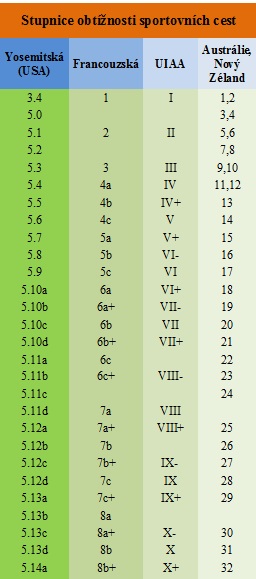
Climbing equipment and top-rope climbing
Sit harness
Sit harness consists from a waist belt, leg loops, belay or centre loop, gear loops, and buckles. The waist belt should be in the height of hip joints. The higher placement of the waist belt presses unpleasantly the belly area. The placement under the hips can lead to taking off the harness when falling. The waist belt is fastened by iron buckles. Buckles are made in two variants and are the weakest parts of the harness. Traditionally the free end of the waist belt is pulled through the buckle three times. This way is rather long but safe. The belt behind the buckle should be at least 8 cm long so it was not untied. The minimal length is often marked by a colourful thread on the belt. The other system are two self-compressing buckles. The buckles are sewed to one belt. By pulling through these two buckles a fixing system is created. This system is faster and the belt cannot be pulled out of the buckle. These buckles can be tighten by one hand and are also very safe.
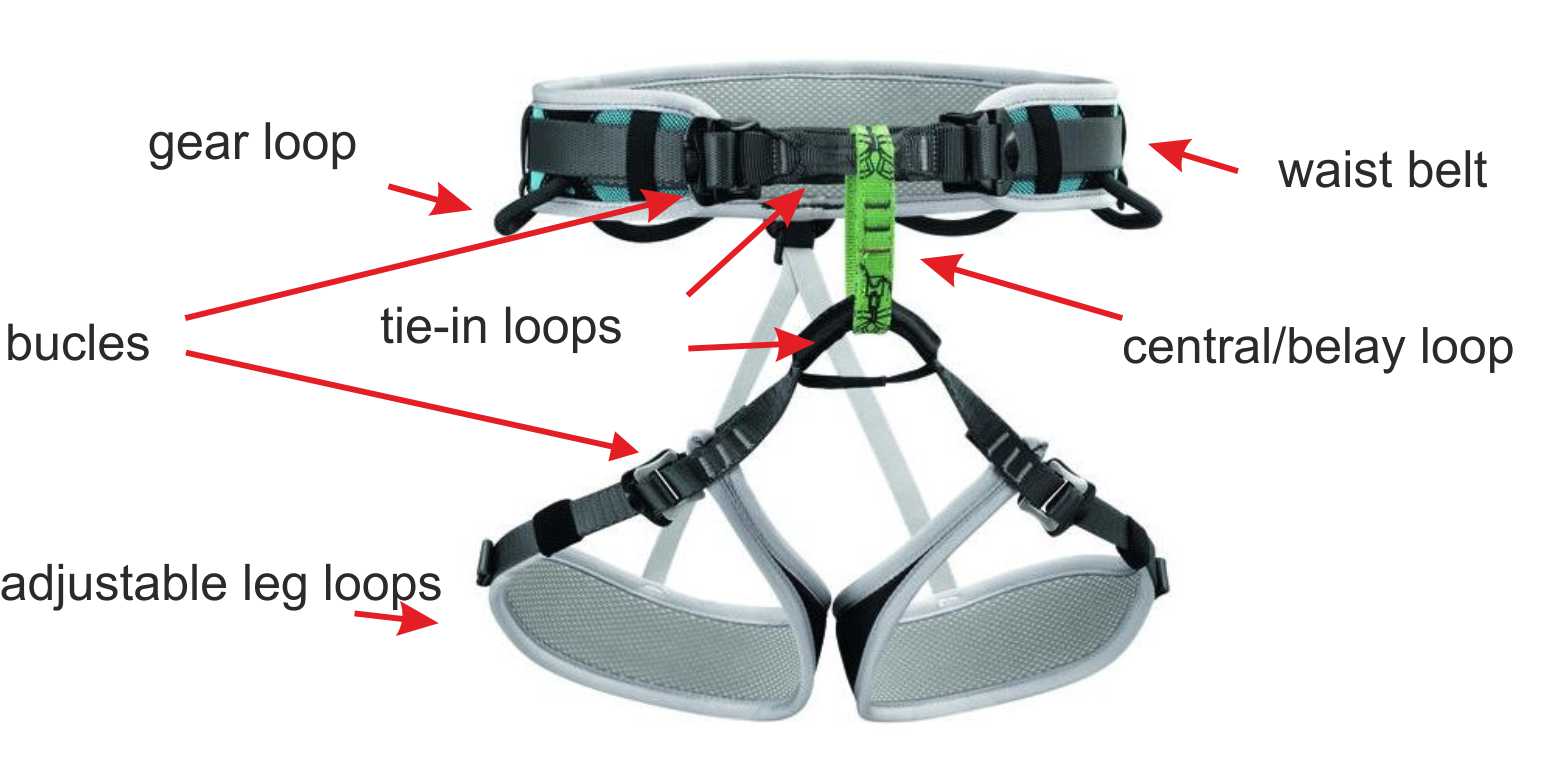
Sit harness is the most used harness in sport climbing
Body harness
Body harnesses are determined mainly to children, obese individuals, and individuals with a very narrow pelvis and wide waist. Younger children have the centre of gravity higher and when falling they can turn upside down with their head down. Sit harness does not have to fit to individuals with a narrow pelvis and obese individuals. From our experience we recommend to use body harnesses for children from 8 to 10 years, approximately up to 40 kilograms. This age limit is individual and using the body harness is necessary to consider in every case. Producers offer one or two sizes of body harnesses.
Belaying devices and belaying the second climber
We recommend to use proven belaying devices for belaying on artificial walls, which are certified and fulfil appropriate norms. The way of belaying depends on the used belaying device. The general principles for the belaying person are: to stand close to the wall/rock; to hold the rope under the belaying device at least with one hand all the time; to watch the climber and communicate with him. The general principles for the climber are: to have the rope between arms; to climb under the top anchor, or in a line of running belays, which are unclipped during climbing.
Before climbing there should be a mutual control of the climber and the belaying person and verbal communication. We control the sit harness, the right tying to the rope and the right clipping the rope in a belaying device. If the climber is much heavier than the belaying person, the belaying person should be clipped to a fixed point (rack, loop in the floor, etc.)
The belaying person takes the rope in four steps. One hand is all the time under the belaying device. Rope is kept slightly slacked so you did not pull the climber and impede him/her in movement. When lowering have both hands under the belaying device
Belay tubes
The principle of belaying is quite simple. The rope bight is pulled through the belaying device and a locking carabiner. Shortening the rope length in a device makes the rope friction in the device higher and brings the braking effect. You can buy these belaying devices under the names: ATC, ATC Guide, Classic, Hornet, Piu, Reflex, Reverso, etc. They are suitable for belaying both the second climber and the leader. We introduce here only belaying the second climber or the top rope belaying.
The Autolocking belay devices
The most spread examples are Gri-gri (Petzl), Cinch (Trango), and Eddy (Edelrid). The autolocking effect is reached when exceeding a certain loading, when the rope is hold between a solid and moving part of the device. These devices are mainly used for the top-rope belaying. Each device has a limited rope diameter which works, generally it is 9.5-11 mm. The belaying person has to hold the working end coming from the device all the time both when belaying and lowering the climber. Light climbers should try whether their weight makes the compressing effect.
Figure eight
It is a classical belaying device used in the Czech Republic, which was not made for belaying but only for abseiling. We do not recommend it for belaying due to unsuitable parameters of friction strengths when belaying. Moreover, the rope is damaged in the figure eight and manipulation is harder with it then.
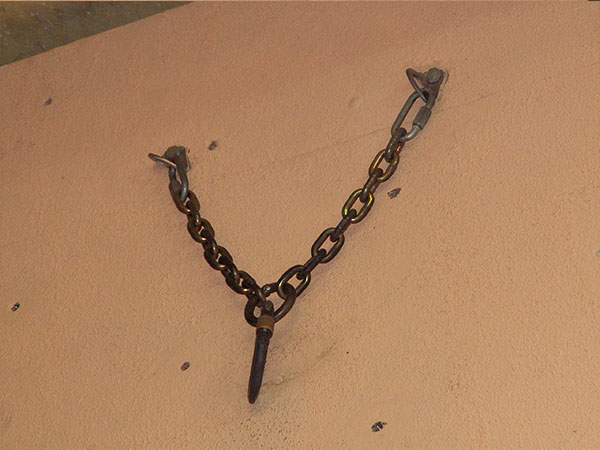 |
| Anchor composed from two fixed points |
| How to take-on a harness with a passing bucle |
| How to take-on a harness with a self-locking bucle |
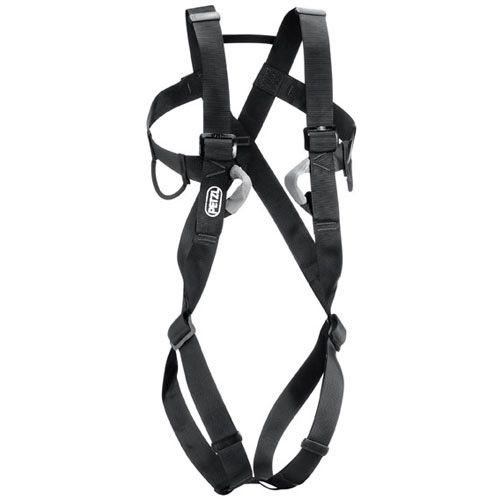 |
| Full-body harness are for children and persons with narrow hips |
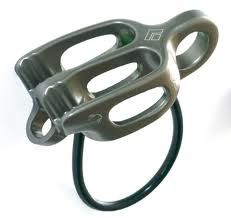 |
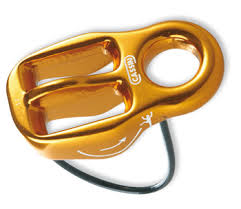 |
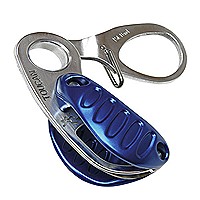 |
 |
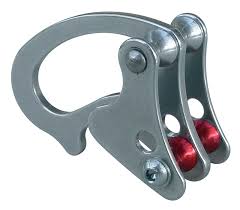 |
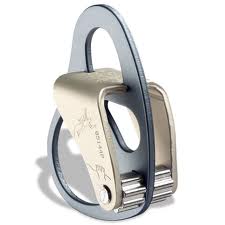 |
| Belay tubes are recommended for belaying in lead climbing and also top-rope climbing | |
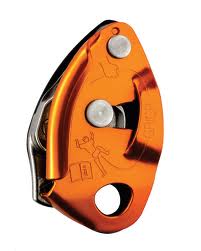 |
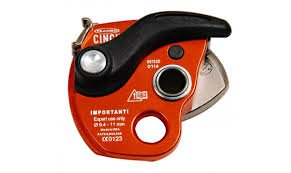 |
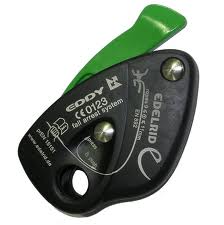 |
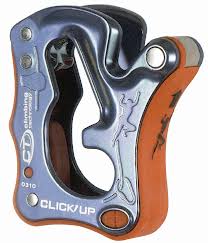 |
| Self-locking devices are suitable for top-rope climbing; you cannot give a slack when belaying the first on the rope | |
| Top-rope belaying | |
| Lowering a climber | |
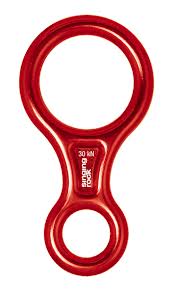 | |
| Figure eight was invented as a rappelling device, it is not suitable for belaying | |
